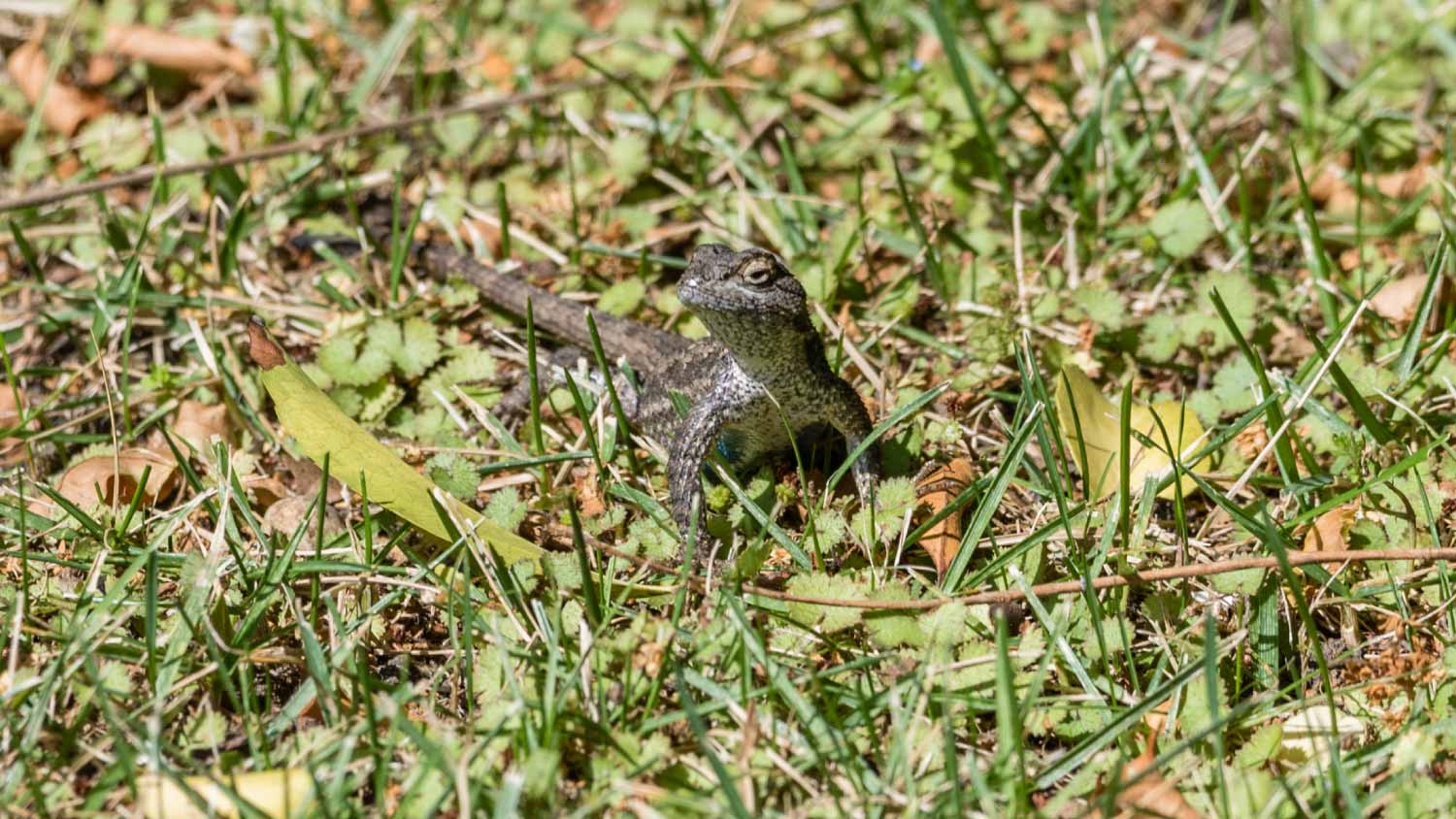
Whether you have bugs, bats, or rodents invading your home, you’ll want to contact an exterminator quickly. Find out how much pest control costs in Columbus, OH.
Give those geckos a one-way ticket


While the cost to remove lizards with a pro’s help runs between $190 and $585, it’s often the fastest and safest solution, especially for severe infestations.
DIY repellents and traps are frequently ineffective, and handling certain lizard species can pose risks.
A local pest control expert can eliminate large infestations, manage potential structural damage, and ensure compliance with local wildlife regulations.
Lizards are nature's pest control, happily munching on insects to maintain a balanced ecosystem. But sometimes, having them around the yard or in your home can be problematic. Although most of these creatures are benign, they pose a risk of transmitting salmonella via their skin, urine, or feces.
So, of course, you want to know how to get rid of lizards—and we’ve got you covered. These humane tactics will also preserve our environment's delicate balance. Here’s how to send those creatures packing.

Lizards live in various regions across the United States, but they are typically more common and potentially more problematic in states with warmer climates where they thrive with favorable temperatures and abundant insect populations.
It is important to note the most common culprit invading homes and yards is the gecko. Here are the states where lizards are more prevalent and a nuisance to homeowners:
Florida
Texas
Arizona
California
Nevada
Louisiana
Georgia
New Mexico
Hawaii

Lizard infestations commonly originate in areas of heightened insect activity, such as the kitchen, bathroom, garage, and basement. Keeping lizards out of your home involves a combination of preventive measures and humane techniques for removal.
Inspect your abode for cracks, gaps, and openings that lizards could use to enter. Seal these openings with caulk, weather stripping, or mesh screens. Areas to secure include pipes, vents, exhaust fans, and cracks in the foundation. Doing so may also keep snakes out of the toilet.
Attach door sweeps to the bottom of exterior doors to prevent lizards from slipping underneath. Opt for the ones made with heavy-duty rubber instead of plastic. They do a better job of blocking out light, which attracts lizards.
An open window is like an invitation for lizards to stroll right into your house. It's a smart move to fix broken ones and install fine-mesh screens they can’t get through.
Addressing insects in your home helps keep those pesky bugs at bay and makes your place much less inviting for lizards because there's nothing for dinner. Call up your local pest control experts for a quote.
Getting rid of sneaky leaks and standing water in your home isn't just about preventing water damage—it's a pretty effective way to show lizards they're not welcome. Since lizards are attracted to moisture, keeping things dry will make your place less appealing.
Lizard repellents can be handy tools for discouraging these scaly visitors from taking up residence in and around your home.
Consider placing scents that lizards dislike—such as garlic, onion, eucalyptus, peppermint, lavender, and even Pine-Sol—near entry points or areas where you've spotted them. Be cautious not to use strong-smelling substances in spots where humans or pets spend a lot of time.
For your exterior, commercial repellents are available in stores and are often formulated to be environmentally friendly. Applying these repellents around exterior windows, doors, porches, and other potential entry points can create a barrier that deters lizards from getting too cozy. Sulfur is a popular repellent that is approved for use on crops, lawns, and gardens by the Environmental Protection Agency (EPA).
Some sites will share off-label uses for products or types of natural repellents. However, products like mothballs can be hazardous to humans, and spicy items like cayenne pepper and tabasco can burn a reptile's skin. If you are unsure what to use, contacting a pest control specialist or consulting local wildlife authorities is always best.

Now that you’ve rid your home of lizards, you want to make sure they don’t come back. You can implement certain strategies that discourage their presence. Remember: Lizards are attracted to areas where they can find shelter, warmth, food, and water. Minimizing these factors is the first step in preventing a lizard invasion.
Educate yourself: Learn about your area's lizard species, habits, and preferred habitats to better tailor your prevention efforts.
Clear clutter and debris: Regularly clean up any piles of leaves, debris, and clutter where lizards might hide.
Trim vegetation: Keep shrubs, bushes, and plants neatly trimmed to eliminate hiding spots and minimize potential habitats.
Remove food sources: Limit insects around your property by addressing standing water, fixing leaky faucets, and properly sealing trash cans.
Minimize outdoor lighting: Lizards are attracted to insects that gather around bright lights at night. Consider using motion-sensor lights or reducing outdoor lighting.
Create barriers: Use mesh screens or netting to block off areas where lizards might enter your home or yard.
Regular inspection: Inspect your property for signs of lizard activity, such as droppings or shed skin, and promptly address any issues.
If you require a local pest control expert to handle lizard-related issues, the expenses associated with wildlife removal typically range from approximately $190 to $585.
The final amount you'll need to pay out of pocket hinges on various factors, including your location and the severity of the infestation.
Remember, it's crucial to discover a solution that is both efficacious and considerate of the lizard population.
You should consider hiring a professional for lizard removal under certain circumstances.
If your attempts at DIY removal or prevention methods have yet to yield the desired results, a professional can provide more effective and lasting solutions.
If your property is experiencing a significant and persistent lizard infestation that you cannot manage on your own, it's a sign to seek professional help.
If you're dealing with lizard species that are unfamiliar to you or potentially dangerous, it's safer to have experts handle the situation.
A professional can assess and manage these risks effectively if you're concerned about health risks associated with lizards, such as the potential transmission of diseases or parasites.
If lizards are causing damage to your property, such as by burrowing into walls or causing electrical issues, a professional can provide targeted solutions to mitigate the damage.
Laws or regulations protect some types of lizards. A professional can ensure that any removal or prevention methods adhere to legal requirements.
From average costs to expert advice, get all the answers you need to get your job done.

Whether you have bugs, bats, or rodents invading your home, you’ll want to contact an exterminator quickly. Find out how much pest control costs in Columbus, OH.

If you discover a wasp nest near your home, you’ll want to remove it ASAP. Learn wasp nest removal cost factors in this guide.

The average roach exterminator cost is between $100 and $600, depending on the species, infestation severity, and home size. Read on for a cost breakdown.

Pest inspection costs depend on the type of inspection, location, and other factors. Learn more about how much pest inspections cost with this guide.

Find your best option for removing bed bugs in our comprehensive guide. Learn how to get rid of bed bugs and how to stop them coming back.

No one wants wasps setting up shop in their yard but that doesn’t mean you should try to DIY their removal. Here are five reasons to leave wasp removal to the professionals.